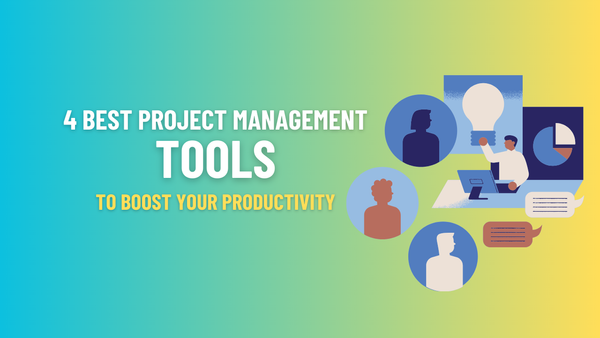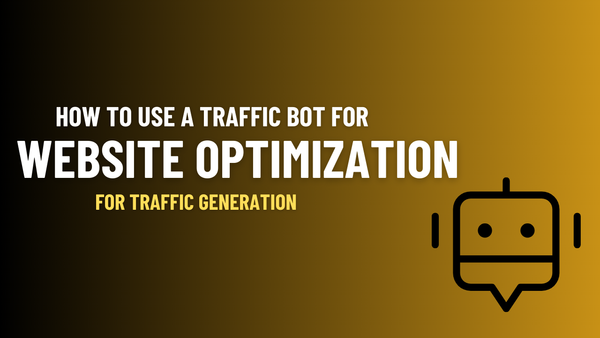How to create a mobile eCommerce application and outwit your competitors

If you already own an online store and want to create a mobile eCommerce app, you need to know two things: how to build an ecommerce mobile app from scratch and how to stand out from the crowd. Let’s look at the basics.
How to Build an Ecommerce Mobile app
eCommerce enables trading and financial transactions over the Internet. eCommerce can be B2B, where businesses transact with other businesses, or B2C, where businesses connect with and sell to consumers.
When you decide to make an eCommerce app for your business, you have to be prepared to invest four to six of your time into developing the application and then several more weeks improving and finetuning your UI/UX expertise.
The cost of an eCommerce app can range from $15,000 to $100,000, depending on the nature of the app. However, the returns can be lucrative.
Online commerce has reached a total value of nearly $300 trillion, and it keeps growing. Apps are also better at converting visitors into paying customers.
The conversion rate for apps is 200% higher than mobile sites, and the average order value is 140% higher.
1. Setting the stage
When building e-commerce applications, you have to start with important legwork. You need to determine why you need the app, why the consumer would want to use it, which features you require, and whether you want to build an eCommerce app in Android or iOS.
It’s important to consider the app from the consumers’ point of view. Modern consumers are faced with thousands of apps – and only so much space on their phones.
Why would they install YOUR app and not your competitors? And what do your ideal customers look like? Segment your customers and think about what matters most to them.
It’s also a good idea to study your competitors to determine what the benchmarks are. This information will be invaluable to the software development company you’ll hire, so place everything into a brief document that you can share during your initial meeting.
You can do research on your competitors using tools like SEMrush.
2. Prototyping
After brainstorming and studying the project carefully, the analyst will work with your software team and the designers to mock up a prototype interface.

Remember that a mobile user has a small screen and a different keyboard than a desktop user. You’ll need to display fewer goods and advertising banners on the screen due to these limitations, but you don’t want to compromise on functionality.
Your UX/UI designers will advise you about which images to show to your customers first, how to set up the navigation, and which features to present upfront.
This is then used to create a prototype. Bear in mind that different operating system users have different habits. When you build an eCommerce Android app, they will be used to a back button, which iOS users don’t have.
3. Launching and testing
Before you release the app to the app store, you have to make sure that all the functions work and are compatible with the desired operating systems.
You should also make sure that the end product can cope with a large user load and that the transmission speed hasn’t been affected.
App testing and quality controls are usually done manually, although there are some automated systems available too.
4. Promotion
Now that the app is launched, you should start promoting it. You can use Google and social media platforms to drive app installs.

You can run google ads campaigns to more installs for your app. Content Marketing can be good if you don’t want to spend money on media buyings. Now a days reels are very popular, you can generate reels content with proper hashtags.
Make sure that you update your app regularly and keep visitors coming back for more through periodic push notifications that alert users to new stock or sales.
Now that you know how to build an eCommerce mobile app, you can get started with your new mobile store!
Share your thoughts in comments section and do share this post on your social media.





